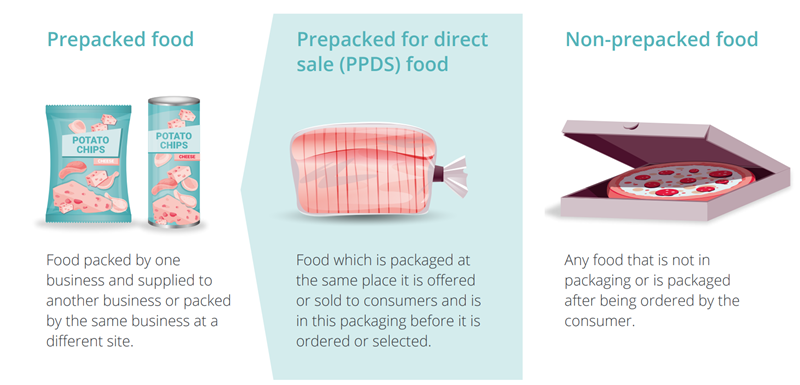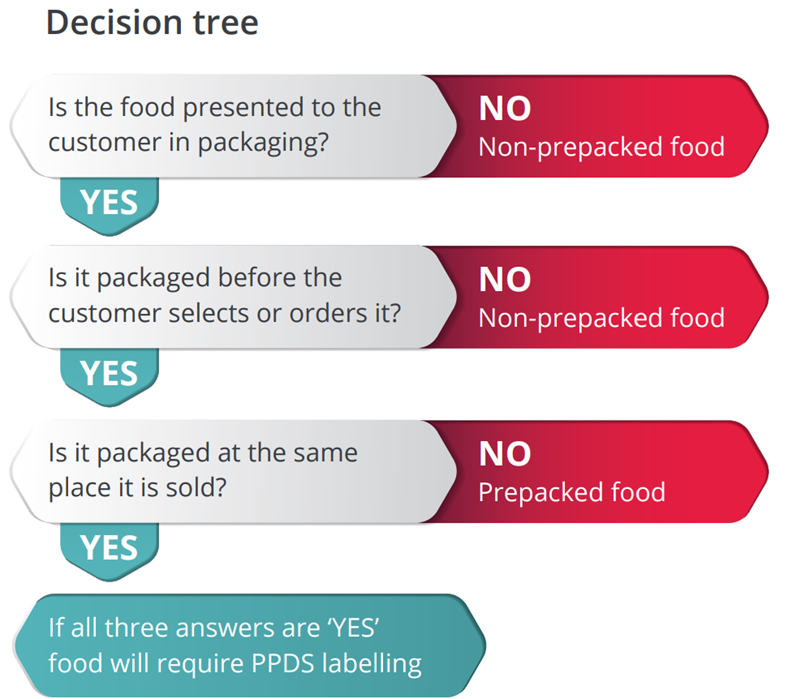-
- Solutions by business priority
- Boost efficiency and profitability
- End to end workforce management
- Attract customers and increase bookings

Natasha's Law - Key Facts
With confusion still surrounding the exact implications of Natasha’s Law on many hospitality businesses, read our article or download our factsheet to ensure you fully understand what Natasha's Law means.
 10 min
10 min

Written by Jen Grenside
What is the new legislation?
From 1st October 2021, PPDS (Prepacked for direct sale) food must display the following information, either on the package or on a label attached to the package:
- The name of the food and;
- An ingredients list including the 14 mandatory allergens (hereafter referred to as allergens);
The allergens within the food must be emphasised every time they appear in the ingredients list. For example, the allergens in the food can be listed in CAPITALS, bold, in contrasting colours or underlined.
What is PPDS?
Food that is Prepacked for Direct Sale
Food that is packed before being offered for sale by the same food business to the final consumer:
- On the same premises; or
- On the same site*; or
- On other premises if the food is offered for sale from a moveable and/or temporary premises (such as marquees, market stalls, mobile sales vehicles) if the food is offered for sale by the same food business who packed it.
It does not include food packed at a consumer’s request, food not in packaging or food in packaging that can be altered without opening or changing the packaging.
What is the definition of PPDS from 1st October 2021?
Prepacked food - Food packed by one business and supplied to another business or packed by the same business at a different site.
Prepacked for direct sale (PPDS) food - Food which is packaged at the same place it is offered or sold to consumers and is in this packaging before it is ordered or selected.
Non-prepacked food - Any food not in packaging or packaged after being ordered by the consumer.

How to decide what requires PPDS labelling

Examples of what is and isn’t PPDS
The following are examples of what foods are PPDS:
- Sandwiches are packaged by the food business and sold or offered from the same premises.
- Fast food which is wrapped or packaged before a customer selects or orders it.
- Bakery products which are packaged before a customer selects them.
- Supermarket products which are produced and packaged in store, such as pizza, rotisserie chicken, pre-weighed and packed cheese and meats, and baked products.
Examples of what foods are not PPDS:
- Food not in packaging (loose)
- Pre-packed food (packaged at different premises)
- Food packaged at the customer’s request
- Distance sales (e.g. foods ordered online)
What is in your label and how it should look
Name of the food
- Must be descriptive and inform the customer of the true nature of the food.
- Customary names which are commonly understood can be used, such as ‘BLT sandwich’.
- Where names are prescribed in law they must be used. This mainly applies to food containing certain seafood, fish and meat ingredients.
* Source: information courtesy of the Food Standards Agency
Ingredients
- The list of ingredients shall be headed by a suitable heading that consists of or includes the word ‘ingredients’.
- It shall include all the ingredients of the food, in descending order of weight, as recorded at the time of their use in the manufacture of the food.
- If the product contains any of the 14 allergens they must be highlighted on the listed ingredients
- They can be in bold type, CAPITAL letters, contrasting colours, or underlined. Alternative allergen statements, such as ‘Contains: wheat, egg, and milk’ are not permitted.
How labels are presented
- The information must appear on the package or a label attached to the package.
- Must be easily visible and legible.
- On the outside of the product and not obscured in any way.
- Must not be difficult to read due to poor lettering or colour contrast.
- The ingredient list has to be a minimum font size where the x-height is 1.2mm or more. If products have a packaging surface less than 80 cm2, in which case the x-height can be reduced to 0.9mm.
- Labels can be handwritten as long as they meet the requirements of being easily visible and legible.
Find out how our software gives you more control over your allergens and nutrition
Related articles
Browse through our resources to find out more about Natasha's Law.



